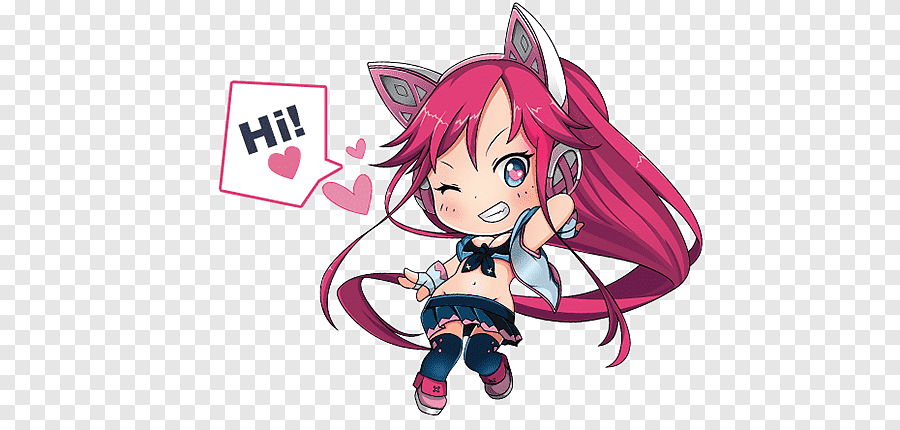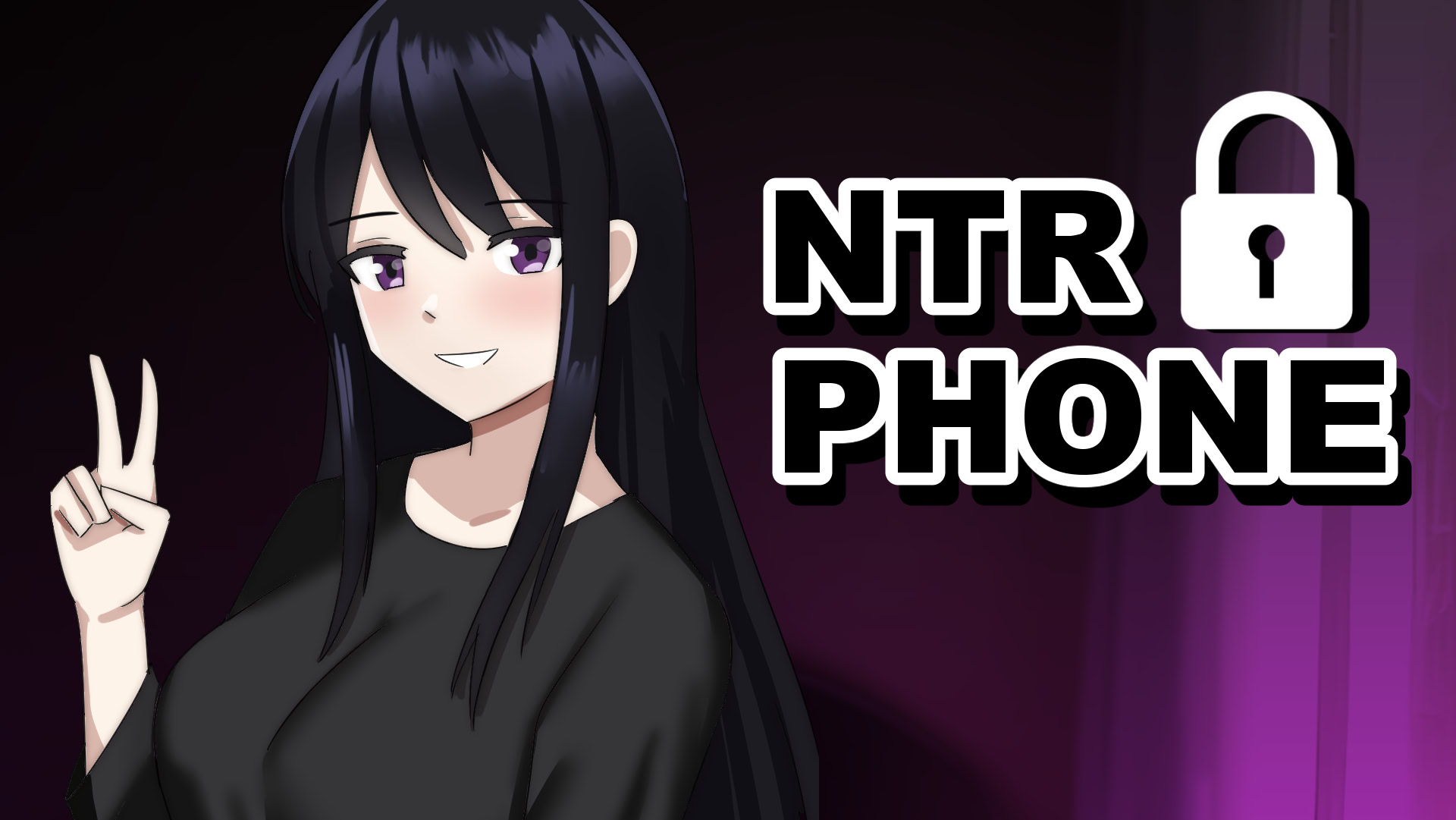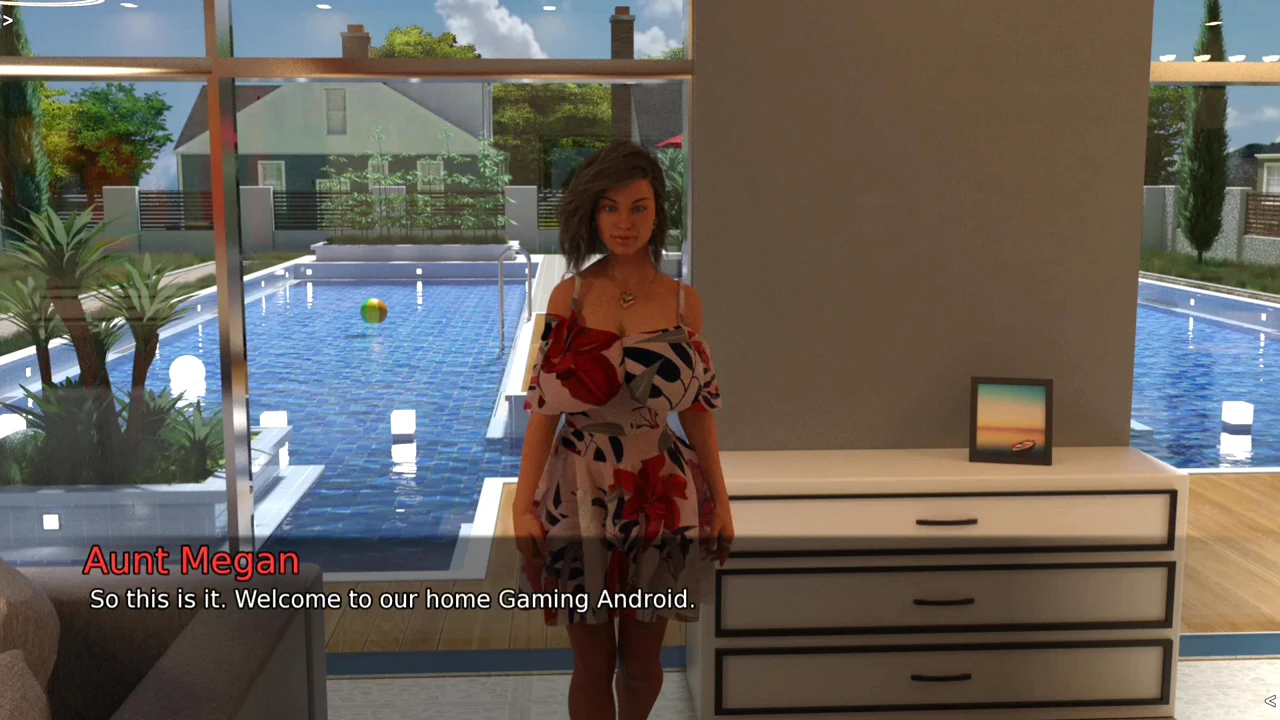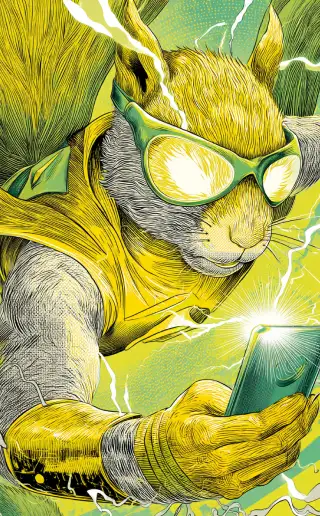
Navigating the rich tapestry of the shinobi world, particularly the revered universe of Naruto, continues to captivate global audiences years after its initial serialization. The enduring appeal lies not just in its epic battles and compelling narratives but also in the intricate character development and the profound themes of friendship, destiny, and perseverance. As digital entertainment evolves, fans increasingly seek new avenues to engage with their beloved franchises, moving beyond re-reading manga or re-watching anime to immersive interactive experiences. This demand has spurred a new wave of narrative-driven games that explore untold stories, alternate perspectives, and the lives of familiar characters from fresh angles. Among these innovative approaches is “Hokage’s Adopted Son,” a title that promises to delve into the peaceful aftermath of the Fourth Great Ninja War, offering players a unique lens through which to rediscover Konoha and its inhabitants, alongside a new protagonist whose journey shapes the destiny of this iconic village. This exploration into a post-conflict world provides a fertile ground for character-centric storytelling, tapping into the deep emotional connections fans have with the Naruto universe while introducing novel elements that keep the experience engaging and relevant for a contemporary audience.
Rethinking Konoha: A Post-War Narrative
The allure of the Naruto universe is undeniably potent, and “Hokage’s Adopted Son” leverages this by transporting players back to a familiar yet transformed Konoha. Unlike the intense, battle-laden main storyline, this game focuses on the tranquil, rebuilding phase that follows the devastating Fourth Great Ninja War. This setting itself is a compelling narrative choice, offering a stark contrast to the relentless action previously depicted. It presents an opportunity to explore the subtle nuances of peace, the challenges of reconstruction, and the daily lives of characters who have endured immense conflict.
- The Life of Post-War Orphans: Central to this narrative is a young orphan, adopted by the Hokage in the wake of the war. This protagonist serves as the player’s avatar, a fresh pair of eyes through which to experience Konoha’s restored serenity. The decision to center the story around an adopted child of the Hokage is not merely a plot device; it provides a unique perspective on the village’s recovery and the lingering impact of war on its populace. Players will witness how the revered figures of the shinobi world adapt to peacetime, how new generations begin to thrive, and how the bonds of community are reforged. This innovative approach allows for profound character development, not just for the protagonist but for the established cast as well, revealing facets of their personalities that were previously unexplored in the high-stakes environment of the main series. The journey of this young ninja, guided by player choices, directly influences the unfolding storyline, adding a layer of personal investment to the peace being meticulously crafted within the village.
- Hinata-Centric Storylines: A prime example of the game’s commitment to character depth is its treatment of existing beloved figures, such as Hinata Hyuga. Rather than merely relegating her to a background role, “Hokage’s Adopted Son” dedicates multiple, distinct story arcs to characters like Hinata. This approach allows for an unprecedented level of interaction and narrative exploration, diverging from the established canon to offer entirely new emotional experiences. For instance, Hinata’s character might be explored through three separate storylines, each revealing different aspects of her personality, her aspirations, and her relationships in a post-war Konoha. This provides players with fresh interactions and a novel emotional connection, moving beyond familiar portrayals to truly delve into what makes these characters tick outside of their traditional narrative constraints. Such focused character development not only enriches the player’s experience but also pays homage to the intricate personalities that have made the Naruto series so iconic. For those interested in the intricate mechanics of game development and narrative branching, you can learn more about optimizing player choices in modern titles.
Expanding the Universe: New Faces and Deepened Bonds
While the game skillfully recontextualizes familiar elements, “Hokage’s Adopted Son” is equally dedicated to enriching the existing lore by introducing entirely new characters and expanding the narrative possibilities within the Naruto universe. This dual approach ensures that even the most dedicated fans will encounter fresh challenges and intriguing personalities, preventing the experience from feeling merely like a rehash of old material. These exclusive characters are not simply window dressing; they are integral to the game’s unique storyline, possessing their own backgrounds, motivations, and significant roles that weave into the fabric of Konoha’s post-war society.
- Unique Character Consideration: A notable addition to the Konoha roster is CherryBomb-Sensei, an exclusive character introduced specifically within this game. Her presence is designed to pique player curiosity, fostering frequent interaction and prompting players to unravel the mysteries surrounding her. The introduction of such original characters provides a sense of novelty and expands the potential for unique quests and story arcs that would be impossible within the confines of the established canon. Furthermore, game updates are not limited to superficial additions; they are crafted to deepen past journeys and experiences, ensuring that the evolving narrative continues to build upon and enrich the stories players have already invested in. This continuous development means that the world of “Hokage’s Adopted Son” is dynamic, offering new insights and expanding the character interactions over time. Integrating new personalities like CherryBomb-Sensei allows the game to maintain a fresh perspective, showcasing how individuals from diverse backgrounds contribute to Konoha’s evolving identity in peace time.
- Improved Visual Narrating: The effectiveness of these narrative expansions is significantly enhanced by the game’s commitment to improved visual storytelling. Completing key storylines unlocks beautifully animated sequences and character actions that meticulously reflect the deepening relationships between the protagonist and other characters, both new and old. These visual cues are more than just cosmetic; they provide practical and immersive experiences, allowing players to feel the genuine emotional impact of their choices and the growing bonds within the game world. When players successfully navigate a quest or achieve a significant milestone, the visual feedback—be it a subtle expression, a shared gesture, or a dynamic interaction—serves to solidify the connection they feel to the characters and the overarching narrative. This emphasis on visual quality ensures that every interaction feels meaningful and every relationship blossoms with tangible, observable growth, creating a truly memorable and engaging experience for the player. To stay updated on the latest releases and character guides in popular mobile games, you can explore our comprehensive database of mobile game information.
The Player’s Journey: Agency, Choices, and Emotional Resonance
Beyond its rich narrative and expanded character roster, “Hokage’s Adopted Son” places significant emphasis on player agency, making the journey through post-war Konoha a truly personalized experience. The game is designed to respond dynamically to player choices, allowing the protagonist’s actions and decisions to shape the storyline, character relationships, and ultimately, the future of the village. This interactive storytelling model is a cornerstone of modern gaming, offering a level of immersion that static narratives simply cannot achieve, especially within a beloved universe like Naruto.
The developers have intricately woven branching narratives that stem directly from the choices made by the player. Whether it’s selecting dialogue options, undertaking specific missions, or favoring interactions with certain characters, each decision carries weight, influencing immediate outcomes and long-term consequences. This approach transforms players from passive observers into active participants, fostering a deep sense of responsibility and connection to the adopted son’s destiny and the lives of those around him. The emotional resonance derived from these choices is profound; players get to experience firsthand the impact of their actions on beloved characters, forging new bonds and discovering new sides to their personalities. This creates a powerful feedback loop where player engagement drives the narrative, and the narrative, in turn, deepens player investment.
Moreover, this focus on agency significantly enhances the game’s replayability. With multiple paths, divergent endings, and a myriad of character interactions dependent on choices, “Hokage’s Adopted Son” encourages players to embark on several playthroughs. Each new game offers the potential to explore different relationship dynamics, uncover previously unseen plotlines, and experience alternate facets of Konoha’s post-war tranquility. This model caters to the fan desire for “what-if” scenarios, allowing them to explore various possibilities within the Naruto universe. Expert insights in game design consistently highlight that choice-driven narratives are paramount for enhancing player engagement and extending the lifespan of a title. By empowering players to genuinely influence the unfolding story, “Hokage’s Adopted Son” taps into a fundamental aspect of interactive entertainment, providing not just a story, but *their* story within the shinobi world. This personalized gaming experience is a testament to current trends that prioritize unique, user-driven adventures. If you’re eager to discover more about trending mobile games and their unique adaptations, read our full guide on the most popular titles available today.
Charting a New Path in the Shinobi World
“Hokage’s Adopted Son” stands as a compelling example of how established universes can be re-imagined and expanded upon, offering fresh narratives that resonate with both long-time fans and new players. By meticulously crafting a story set in the peaceful aftermath of the Fourth Great Ninja War, the game provides a unique vantage point to explore the evolving dynamics of Konoha and its iconic inhabitants. The introduction of an orphan protagonist adopted by the Hokage allows for novel character interactions and a deeply personal journey, enabling players to witness the post-conflict world through innocent yet influential eyes.
The game’s commitment to detailed character exploration, exemplified by the multi-faceted storylines for figures like Hinata and the integration of exclusive new personalities such as CherryBomb-Sensei, enriches the existing Naruto lore without contradicting its essence. This blend of familiarity and innovation is a delicate balance, and “Hokage’s Adopted Son” navigates it skillfully, offering both nostalgic comfort and exciting new discoveries. Furthermore, the strong emphasis on player agency and choice ensures that each playthrough is a unique experience, with narratives dynamically shifting based on individual decisions, thus fostering a profound emotional connection and encouraging extensive replayability.
For enthusiasts of the shinobi world, “Hokage’s Adopted Son” offers more than just a game; it provides an opportunity to rediscover beloved characters in a new light, contribute to the rebuilding of Konoha, and carve out a personal legacy within a celebrated universe. This narrative innovation suggests a promising future for fan-inspired game development, where creative interpretations can coexist with established canon, offering endless possibilities for exploring beloved IPs. As digital entertainment continues to evolve, titles like this demonstrate the enduring power of storytelling and the insatiable desire for deeper, more interactive engagement with the worlds that have captured our imaginations. It serves as a testament to the fact that even after grand battles have ceased, the most profound stories often lie in the quiet moments of peace, reconstruction, and the forging of new destinies.
- Votes: 1
- Comments: 0









There are no comments yet :(